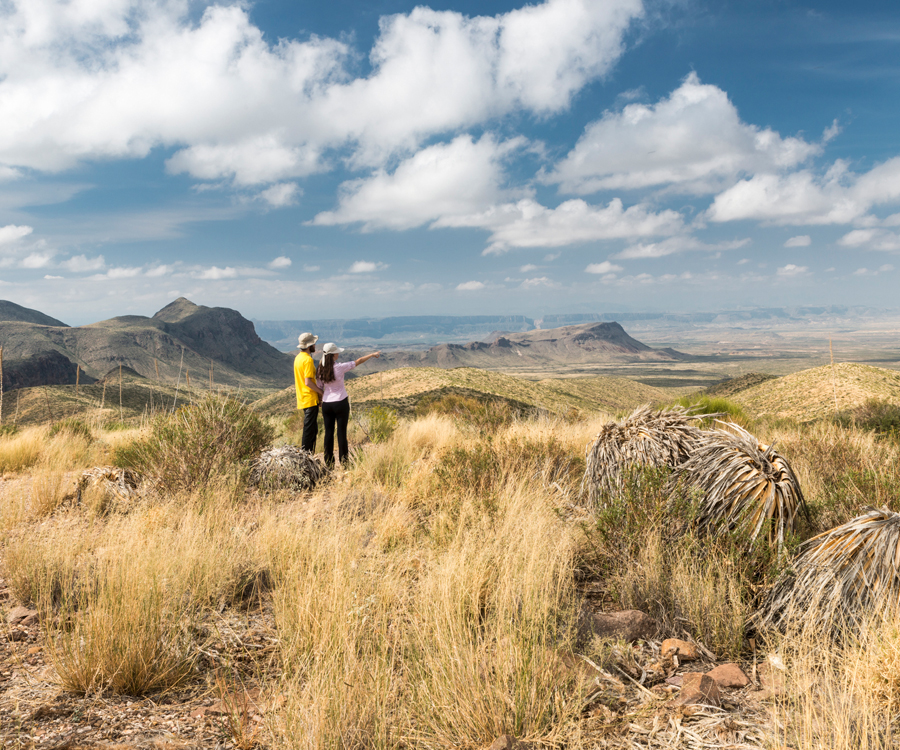Here are five things to know about West Texas’s Big Bend region, which will be featured on a Priority Mail stamp slated for release Saturday, Jan. 18.
1. Big Bend derives its name from its location along the Rio Grande River. The area “turns” along the river, thus creating a big bend and a natural border separating the United States from Mexico. The area was established as a national park in 1944.
2. The area offers a seat to the galaxy. Because Big Bend National Park is so remote and vast, it’s an ideal spot to stargaze. Lady Bird Johnson once described the area as looking “like the very edge of the world.”
3. It’s a region of extremes. The park’s desert area is part of Mexico’s Chihuahuan Desert, which is dry and hot in the day and cool at night. However, it’s as much as 20 degrees cooler in the park’s Chisos Mountains, where it occasionally snows.
4. Big Bend is also where the longhorn roam. The park is home to Texas longhorn, along with endemic plants and animals. For example, Big Bend has about 450 bird species — more than any other U.S. national park — and about 1,200 plant species, including some that cannot be found anywhere else in the world.
5. It’s a recreationist’s dream, too. The park includes more than 800,000 acres of protected terrain with 150 miles of hiking trails, as well as natural water pools and springs. The park also once housed a U.S. Army camp, and there are still adobe buildings and artifacts from that time. Parkgoers also might spot thick deposits of shale and limestone — the result of the region being covered by seawater hundreds of millions of years ago.
